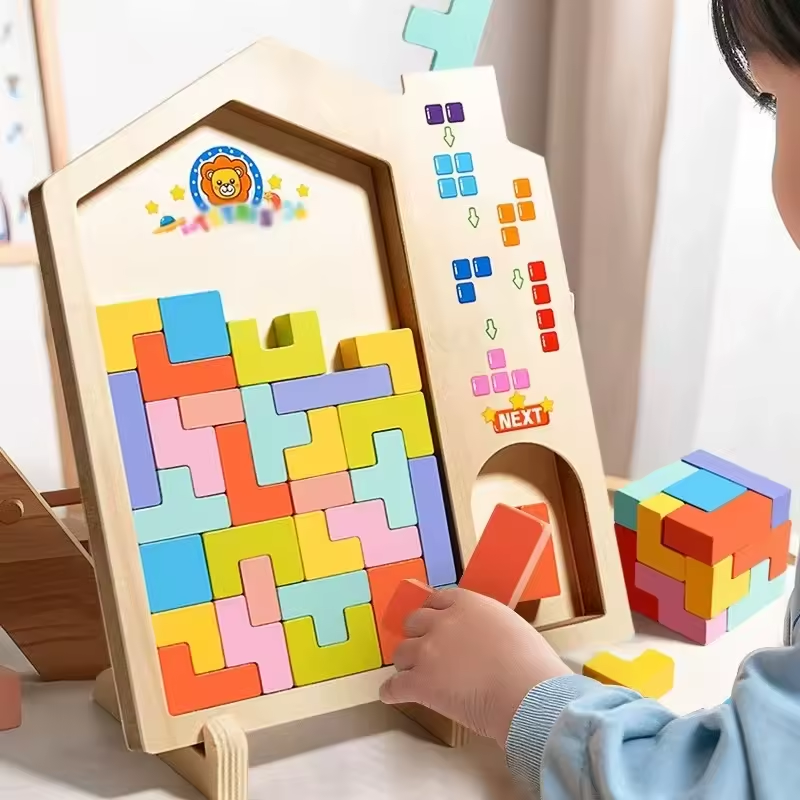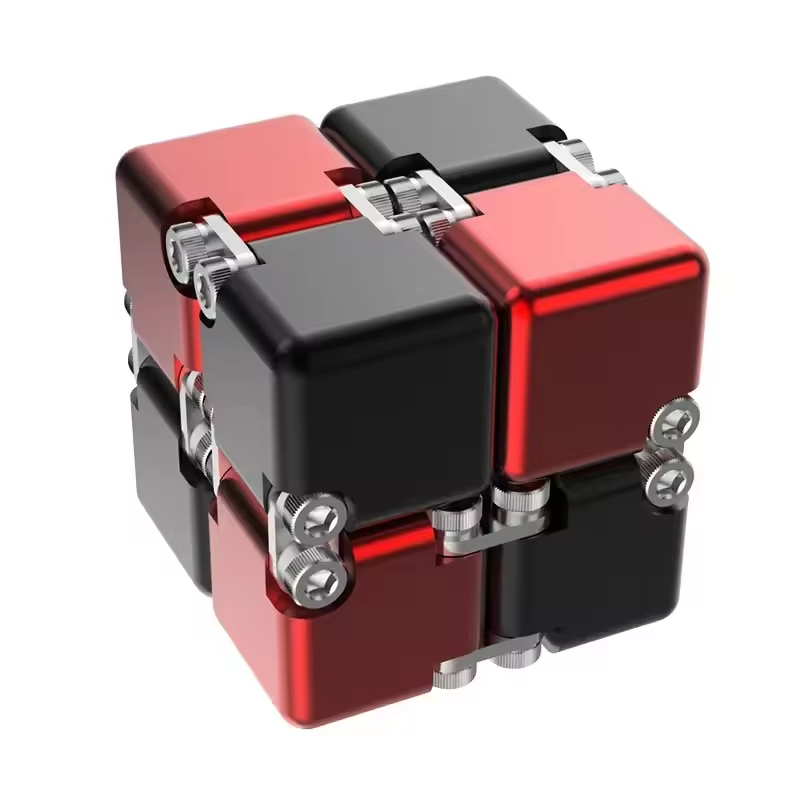Dead Cells, the critically acclaimed roguelike Metroidvania, has taken the gaming world by storm with its punishing difficulty, permanent death, and addictive loop of exploration and combat. But what if you could experience the thrill of the Prisoner’s journey on your tabletop? Here’s a look at how a Dead Cells board game could capture the essence of the video game in two key aspects:
Part 1: Capturing the Roguelite Experience
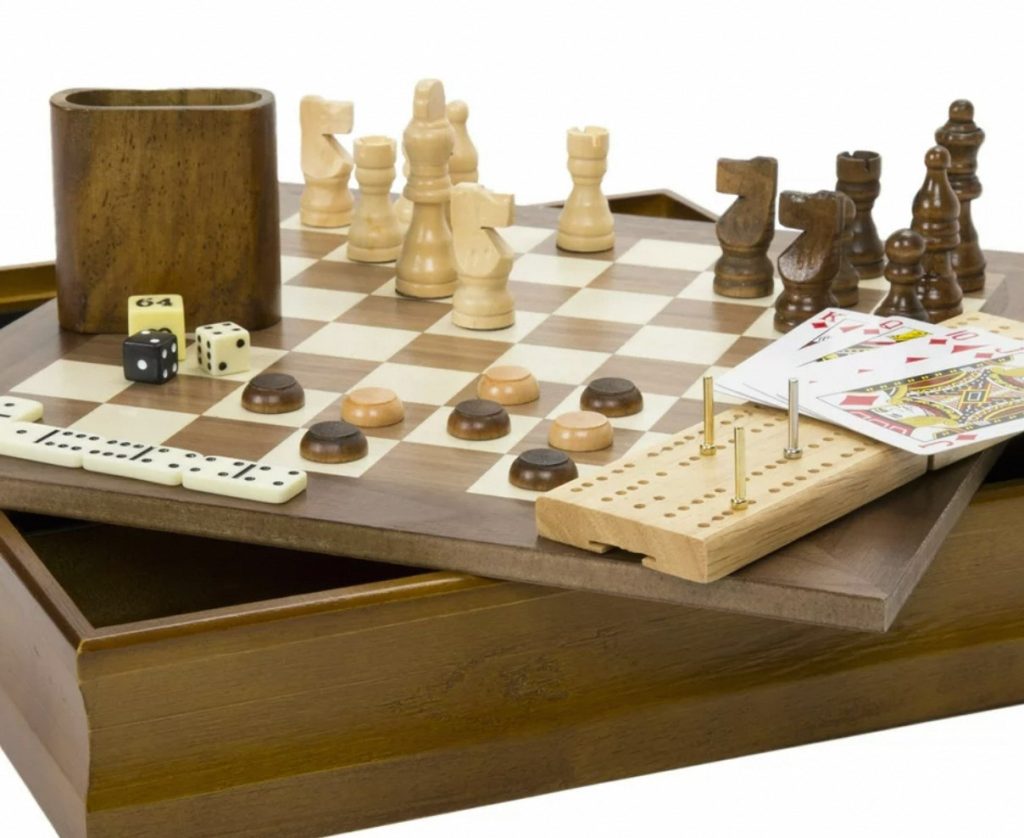
Persistent Progression with Permadeath:
The core of Dead Cells’ appeal lies in its “roguelite” nature. Players progress through procedurally generated levels, collecting permanent upgrades that carry over to future runs. The board game could replicate this by using a modular board system. Each biome (Prison, Promenade, etc.) would be a separate tile, shuffled and assembled before each game. Players would unlock persistent upgrades (represented by cards or tokens) that enhance their character’s stats or abilities across multiple playthroughs. However, to maintain the high stakes, death would reset all temporary items and force players to start from the beginning, creating a sense of tension and pushing for improvement.
Risk vs. Reward Exploration:
Dead Cells encourages exploration by rewarding players with powerful items and shortcuts hidden within its labyrinthine levels. The board game could translate this by implementing a hidden movement system. Players could have a limited number of movement points to explore each tile, with some spaces revealing hidden chambers containing valuable loot or shortcuts. However, venturing too far could expose them to stronger enemies or environmental hazards, creating a risk-reward dynamic that pushes players to carefully weigh exploration against immediate progress.
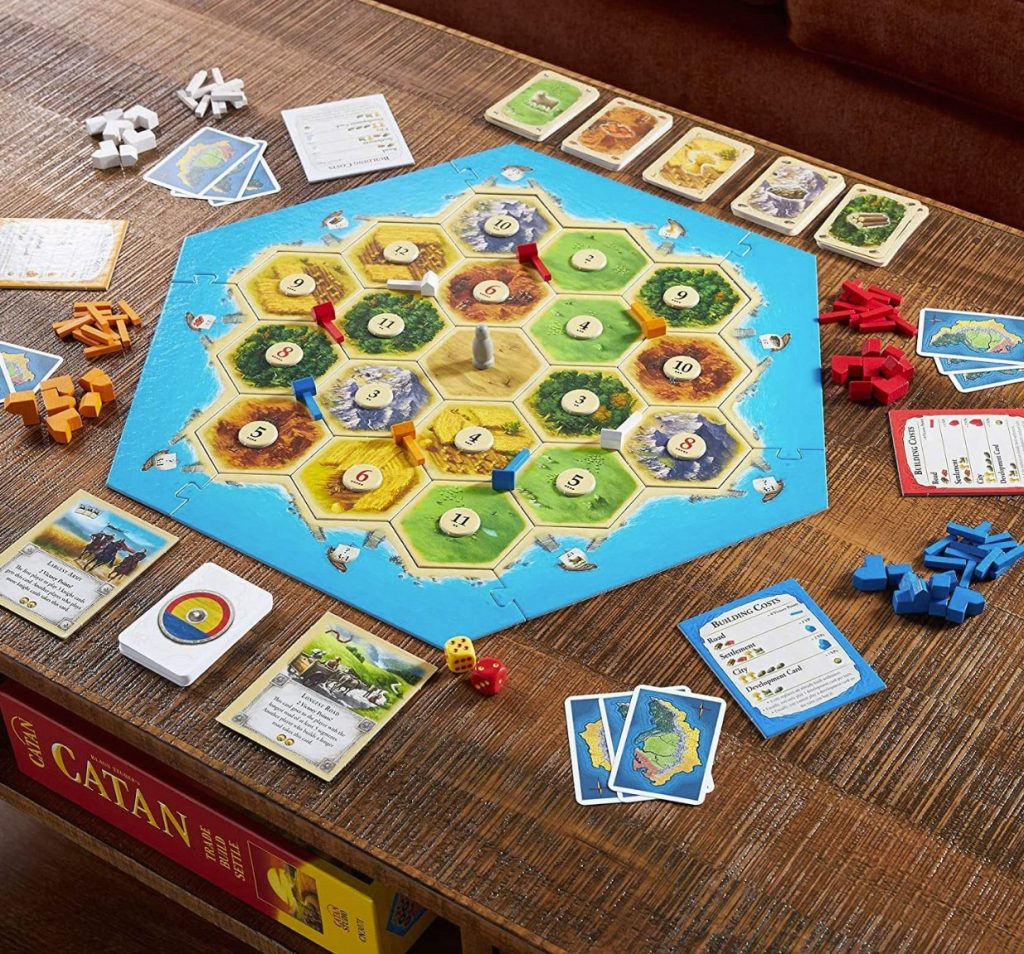
Part 2: Embracing the Metroidvania Design
Interconnected World with Gating Mechanics:
Metroidvanias are known for their interconnected worlds, where players unlock new areas by acquiring specific abilities. The board game could capture this by introducing “gating mechanics” that restrict access to certain areas. These gates could be unlocked by collecting specific items, defeating bosses, or acquiring certain mutations (represented by cards). This would force players to explore different biomes in a specific order, mimicking the sense of discovery and sequential progression found in the video game.
Meaningful Backtracking:
In Dead Cells, backtracking allows players to access previously inaccessible areas with newfound abilities. The board game could translate this by offering benefits for revisiting earlier biomes. Players could use newly acquired skills to access hidden passages, uncover powerful upgrades previously unreachable, or fight tougher enemies for bonus rewards. This would incentivize revisiting explored areas, adding depth and strategic decision-making to the gameplay loop.
Part 3: Combat Encounters
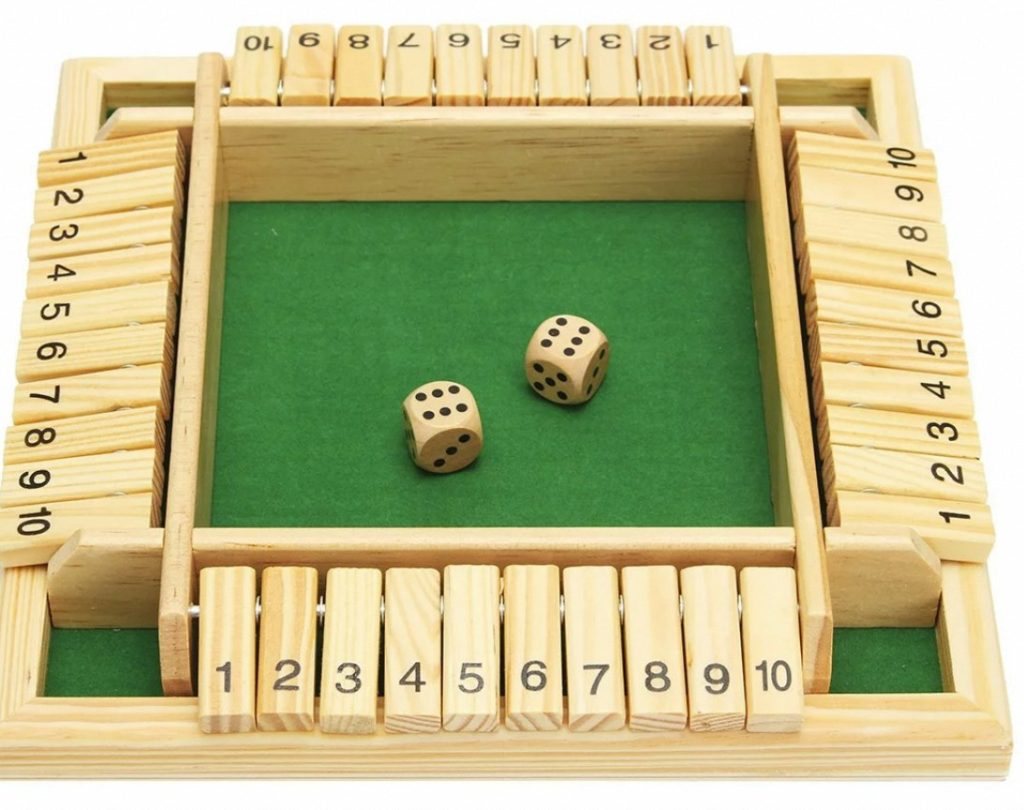
Fast-Paced, Skill-Based Encounters:
Dead Cells’ combat is widely recognized for its fast-paced, responsive action. The board game adaptation could effectively replicate this exhilarating combat experience by implementing a streamlined combat system. In this rendition, players could engage in combat encounters using mechanisms such as dice rolls or card draws to resolve the conflicts. It would incorporate modifiers linked to their character’s stats and the weapons they have equipped. This approach would introduce an element of chance, adding a thrilling and dynamic dimension to the gameplay. It would still allow players to exert influence over the outcome through clever use of skills and strategic decision-making. By balancing chance with the ability to strategize, the game would capture the essence of the video game’s combat. It would entice players to think on their toes and adapt to the unpredictable nature of battle.
Enemy Variety and Telegraphed Attacks:
In Dead Cells, one of the main factors that keep combat engaging and exciting is the diversity of enemies encountered. To translate this into the board game version, it would be essential to feature a wide variety of enemy types, each possessing unique attack patterns and behaviors. These distinct patterns could be telegraphed to players through the use of cards, tokens, or specific enemy placements on the game board. Such a mechanism would enable players to react strategically, utilizing their weapons or mutations that best match their strengths and weaknesses against the specific enemy type they are facing. By incorporating this level of diversity and strategic decision-making based on enemy behaviors, the board game version would effectively capture the dynamic and exhilarating combat experience that is a key element of the video game. This would offer players a rich and immersive experience that mirrors the thrilling battles found in Dead Cells.
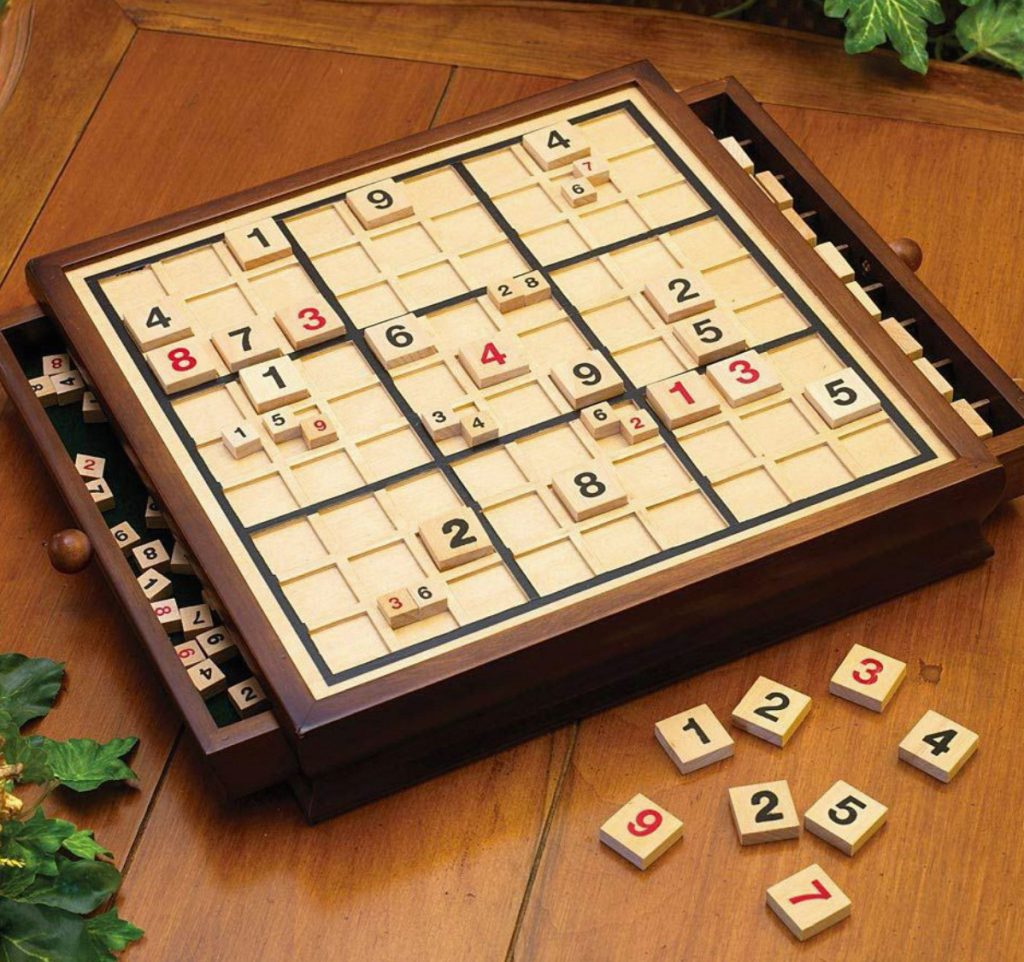
Part 4: Player Progression and Replayability
Multiple Playable Characters:
Dead Cells offers an array of playable characters, each with its distinct starting weapons and abilities, contributing to the game’s diversity. The board game adaptation could effectively capture this by providing different player characters, such as the Beheaded with various skins or entirely new characters, each with unique starting decks or abilities. This feature would allow players to experiment with different playstyles and strategies, enhancing the replayability of the game. By selecting different characters, players can explore new approaches and tactics, keeping the gameplay fresh and engaging across multiple sessions. Furthermore, the inclusion of diverse character abilities or decks introduces a layer of strategic depth and variety. It provides players with the opportunity to tailor their gameplay experience to their preferences. This aspect adds an extra dimension to the board game adaptation. It offers players the flexibility to explore different character mechanics. It fosters a more immersive and customizable experience within the Dead Cells universe.
Unlockable Content and High Difficulty:
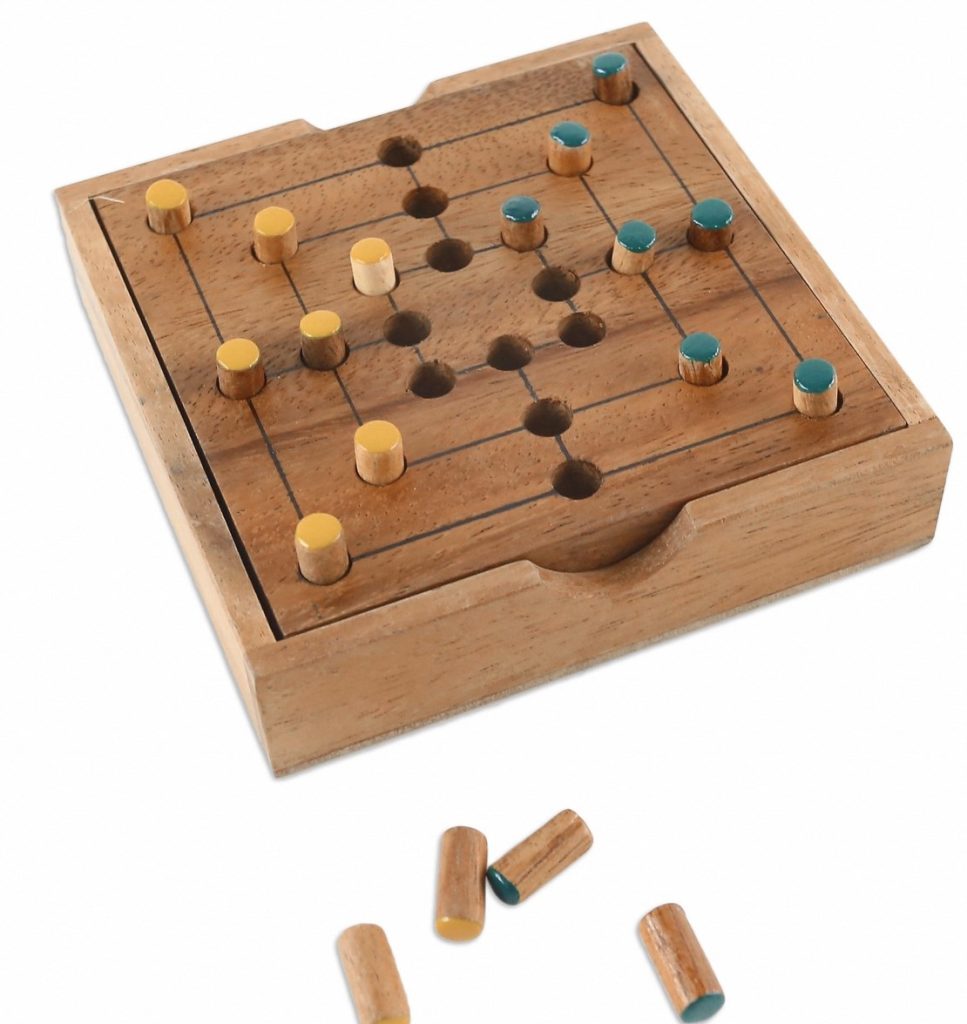
Just like the video game, the board game should offer a steady stream of unlockable content. These could be new weapons, mutations, enemy types, or even whole new biomes introduced through expansions. Additionally, the game should maintain a high difficulty level, encouraging players to hone their skills and strategies for each playthrough.
By capturing these key elements, a Dead Cells board game could offer a thrilling and strategic experience. It would translate the essence of the video game to the tabletop. Players would experience the same sense of exploration, risk-reward decision making, and challenging combat that has made Dead Cells a beloved title. With its modular design, persistent progression, and strategic depth, this board game could become a rewarding and replayable experience. It could be for fans of Dead Cells and tabletop enthusiasts alike.
